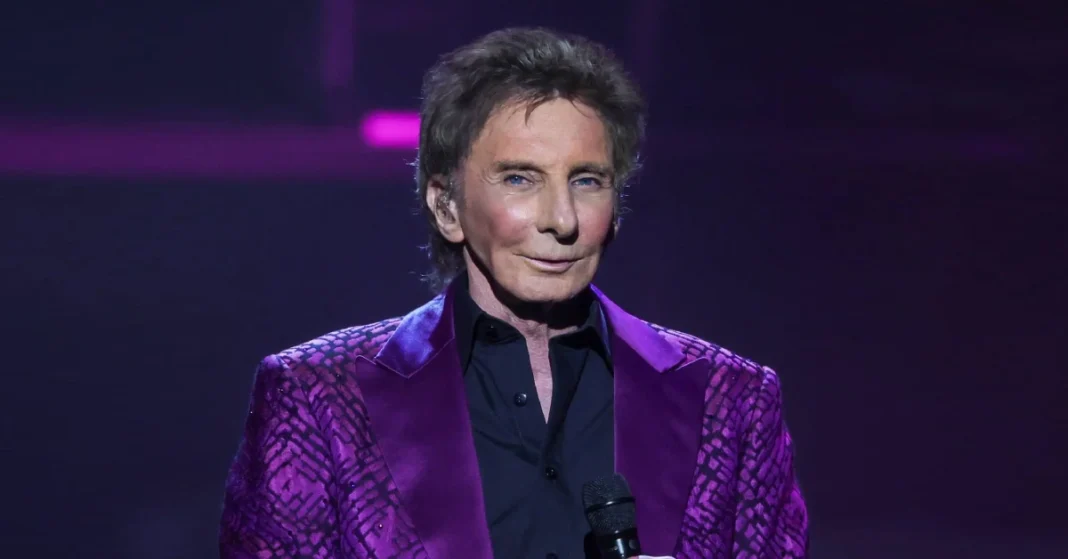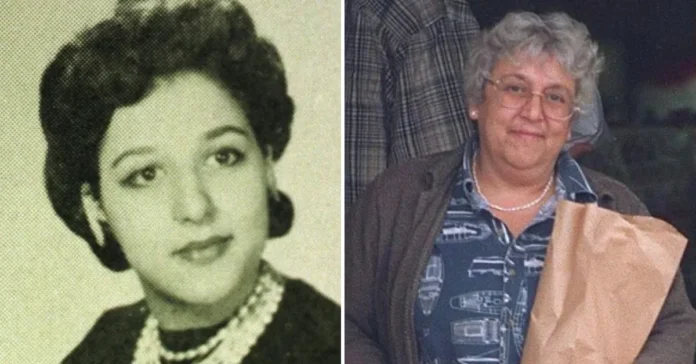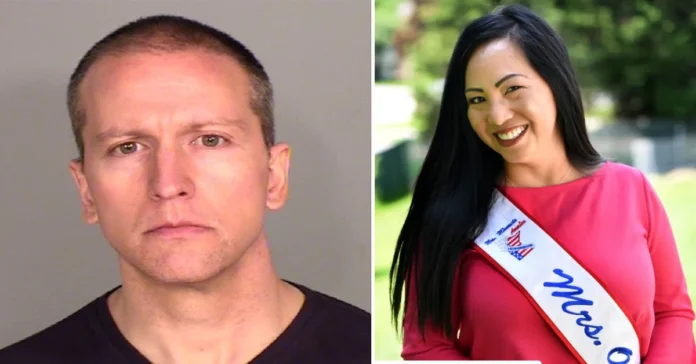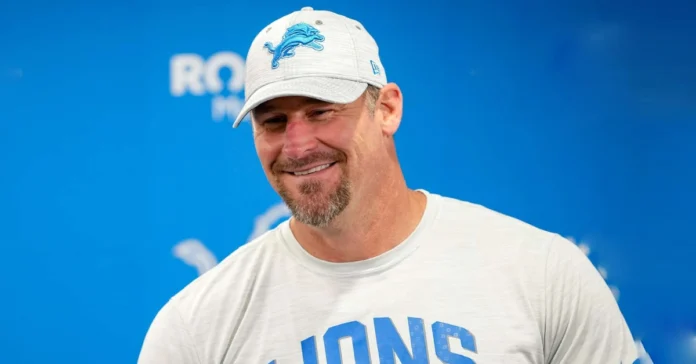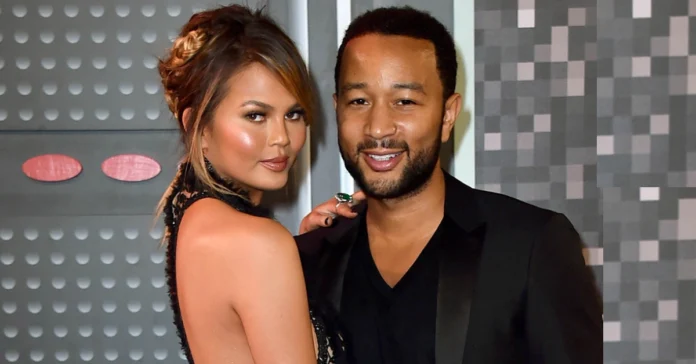Over 85 million records sold worldwide. That’s the staggering number that puts Barry Manilow among the best-selling artists in music history. Yet behind those chart-topping ballads and infectious melodies lies a story of reinvention, resilience, and raw talent that transformed a Brooklyn kid into one of America’s most beloved entertainers.
Who Is Barry Manilow
Barry Alan Pincus entered the world on June 17, 1943, in Brooklyn Heights, New York. Most fans know him simply as Barry Manilow, the Grammy Award winner whose voice became the soundtrack to countless romantic moments. His claim to fame stretches far beyond being just another pop icon—he’s a songwriter, producer, and showman who carved out a unique space in the music world when rock was king.
What sets this vocalist apart isn’t just his distinctive voice. Manilow built his reputation on crafting songs that stick with you long after the radio goes silent. His piano-driven style and romantic lyrics created a brand of music that appeals to multiple generations, making him both a nostalgic favorite and a contemporary force.
Early Years in Brooklyn
Growing up in a modest Brooklyn apartment, young Barry discovered music through his grandmother’s encouragement. His mother, Edna Manilow, worked as a secretary while raising him largely as a single parent. The absence of his father meant music became both escape and ambition for the boy who would spend hours at the piano.
His first piano lessons started at age seven, but Barry’s real education came from listening to the radio. He absorbed everything from jazz standards to Broadway show tunes, developing an ear for melody that would later define his songwriting approach. During his teen years, he wrote his first songs, mostly romantic ballads that hinted at the style he’d perfect decades later.
The young musician attended Eastern District High School, where he played in the school band and wrote arrangements for school productions. These early experiences taught him the fundamentals of music theory and composition, skills that would prove invaluable when he entered the professional music world.
Breaking In: From Jingle Writer to Pop Performer
Before “Mandy” made him a household name, Manilow paid his dues writing commercial jingles. His talent for creating memorable hooks landed him work with major advertising agencies, where he crafted earworms for brands like McDonald’s and Pepsi. The famous “I Am Stuck on Band-Aid” jingle? That was his handiwork.
This period taught him something crucial about songwriting: how to grab attention in just a few seconds. Jingle writing demands instant memorability, and Manilow mastered this art. He learned to pack emotion and melody into bite-sized pieces that stuck in people’s heads.
Working with legendary producer Clive Davis changed everything. Davis saw potential in the jingle writer and encouraged him to record his material. The decision to step from behind the scenes into the spotlight wasn’t easy for the naturally shy performer, but it would transform both his career and the music landscape.
The Moment “Mandy” Changed Everything
“Mandy” wasn’t originally written for Barry Manilow. The song, originally titled “Brandy,” was penned by Scott English and Richard Kerr. But when Manilow recorded his version in 1974, he transformed it into something magical. His arrangement added layers of emotion that turned a good song into a timeless ballad.
The recording process happened in a small New York studio, with Manilow playing piano while session musicians filled in the orchestral parts. His producer suggested changing “Brandy” to “Mandy” to avoid confusion with another hit song of the same name. That simple change helped create one of the most recognizable love songs of the 1970s.
When “Mandy” hit number one on the Billboard Hot 100 in January 1975, it launched Manilow from relative obscurity to superstardom. Radio stations couldn’t stop playing it, and suddenly everyone wanted to know who this piano-playing crooner was. The song’s success opened doors to television appearances, concert tours, and recording contracts that would define the next phase of his career.
Crafting the “Copacabana” Phenomenon
Three years after “Mandy,” Manilow delivered what many consider his masterpiece: “Copacabana (At the Copa).” This wasn’t just another love song—it was a mini-movie set to music, telling the tragic story of Lola the showgirl and her doomed romance with bartender Tony.
The inspiration came from a conversation with songwriters Jack Feldman and Bruce Sussman at the actual Copacabana nightclub in New York. They were discussing the club’s glamorous past when the idea struck: what if they wrote a song about the kind of people who might have frequented such a place in its heyday?
Manilow’s production of “Copacabana” showcased his growth as an artist. The song features multiple tempo changes, character voices, and a narrative structure that was unusual for pop music at the time. Recording it required careful orchestration and precise timing to pull off the dramatic shifts between verses. The result was a chart-topping hit that became his signature song and spawned a TV movie, a Broadway musical, and countless cover versions.
Life in the Spotlight: Tours, Awards & Accolades
Success brought both rewards and challenges. Manilow’s Las Vegas residency at the Westgate Resort became legendary, with fans traveling from around the world to see his intimate performances. These shows allowed him to connect directly with audiences, sharing stories behind his songs and creating the kind of personal moments that built lifelong fans.
His awards collection includes a Grammy, multiple Emmy nominations, and induction into the Songwriters Hall of Fame. But perhaps more meaningful are the gold and platinum certifications that reflect how deeply his music resonated with the public. Albums like “Tryin’ to Get the Feeling” and “This One’s for You” dominated the charts throughout the late 1970s.
The tours that followed his breakthrough years filled arenas across America and beyond. Manilow’s live performances became known for their theatrical elements, with elaborate staging and costume changes that turned concerts into full-scale productions. His ability to command a stage, despite his initial shyness, proved that great entertainers can be made, not just born.
Personal Journey: Love, Identity & Privacy
For decades, Manilow kept his personal life carefully guarded. Growing up in an era when being gay could destroy a career, especially for romantic balladeers, he made the difficult choice to keep his relationships private. This wasn’t just about protecting his career—it was about surviving in an industry that wasn’t always welcoming to LGBTQ+ artists.
His relationship with manager Garry Kief began in the 1970s, but they kept it secret for nearly forty years. In 2014, at age 71, Manilow finally married Kief in a private ceremony. The decision to come out publicly wasn’t easy, but it reflected both changing social attitudes and his comfort with authenticity.
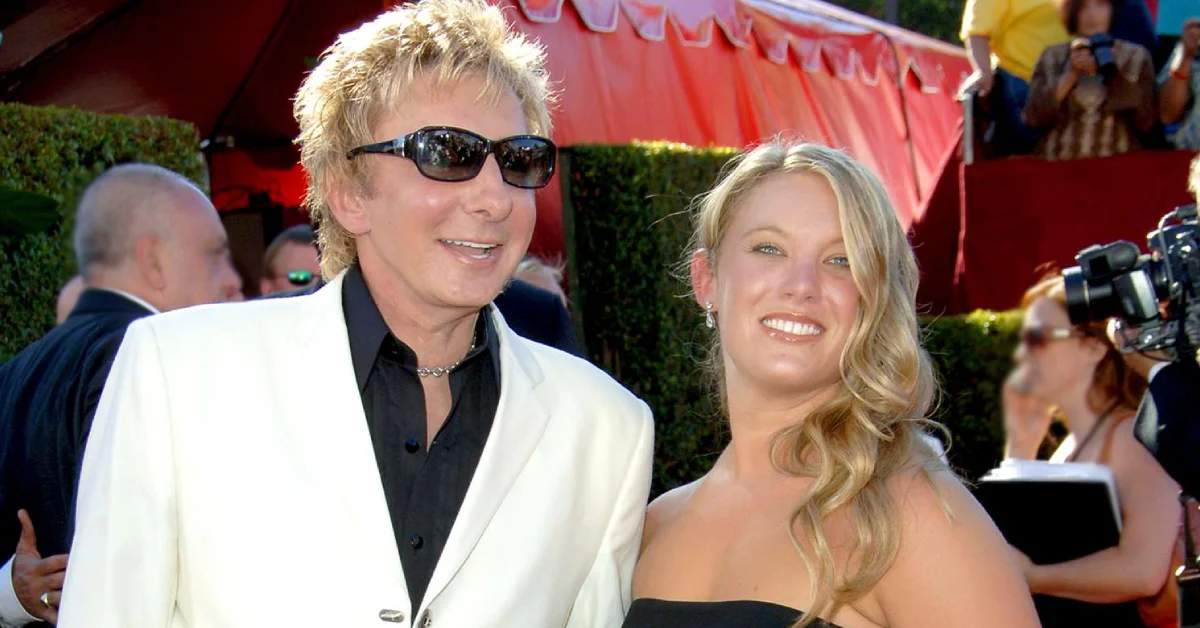
The response from fans was overwhelmingly positive, proving that his music had always transcended personal details. Love songs, it turns out, speak to universal emotions regardless of who’s singing them or to whom they’re directed.
Reinventions & Comebacks
Rather than fade away as musical tastes changed, Manilow reinvented himself multiple times. The 1990s brought experimental albums and collaborations with younger artists. He explored different genres while maintaining the melodic sensibility that made him famous.
His 2017 Netflix special showcased an artist still passionate about performing, even as he approached his mid-seventies. The special mixed classic hits with newer material prove that good songwriting never goes out of style. Broadway ventures, including a stint in “Harmony,” demonstrated his versatility beyond pop music.
Recent albums have focused on jazz standards and collaborations with contemporary artists. These projects show an artist unafraid to take risks, even after achieving legendary status. His willingness to experiment keeps his music fresh while honoring the craftsmanship that built his reputation.
Barry Manilow Today
At 80, Manilow continues touring and recording, though at a more measured pace. His social media presence connects him with new generations of fans who discover his music through streaming platforms and viral videos. Concert dates still sell out, proving that his appeal extends far beyond nostalgia.
Recent interviews reveal an artist comfortable with his legacy but not ready to rest on past achievements. He continues writing songs, mentoring young musicians, and exploring new ways to share his love of melody and storytelling through music.
His current projects include archival releases that give fans behind-the-scenes glimpses of his creative process. These collections feature alternate versions, unreleased tracks, and commentary that adds context to familiar songs.
Why His Music Endures
What makes Barry Manilow’s music timelessly appealing? The answer lies in his understanding of melody and emotion. His songs tap into feelings that don’t change with fashion—love, loss, hope, and memory. The melodies stick because they’re carefully crafted, and the lyrics speak to experiences everyone recognizes.
Fan testimonials often mention specific moments when his songs provided comfort or celebration. Wedding dances, funeral services, graduation parties—his music soundtracks the important moments in people’s lives. That’s a rare gift, and one that explains why Barry Manilow at 80 remains as relevant as Barry Manilow at 30.
His influence on popular music extends beyond his hits. Countless songwriters cite him as an inspiration, praising his ability to create memorable hooks and meaningful lyrics. In an era of disposable music, his craftsmanship stands as a reminder that some songs are built to last forever.
